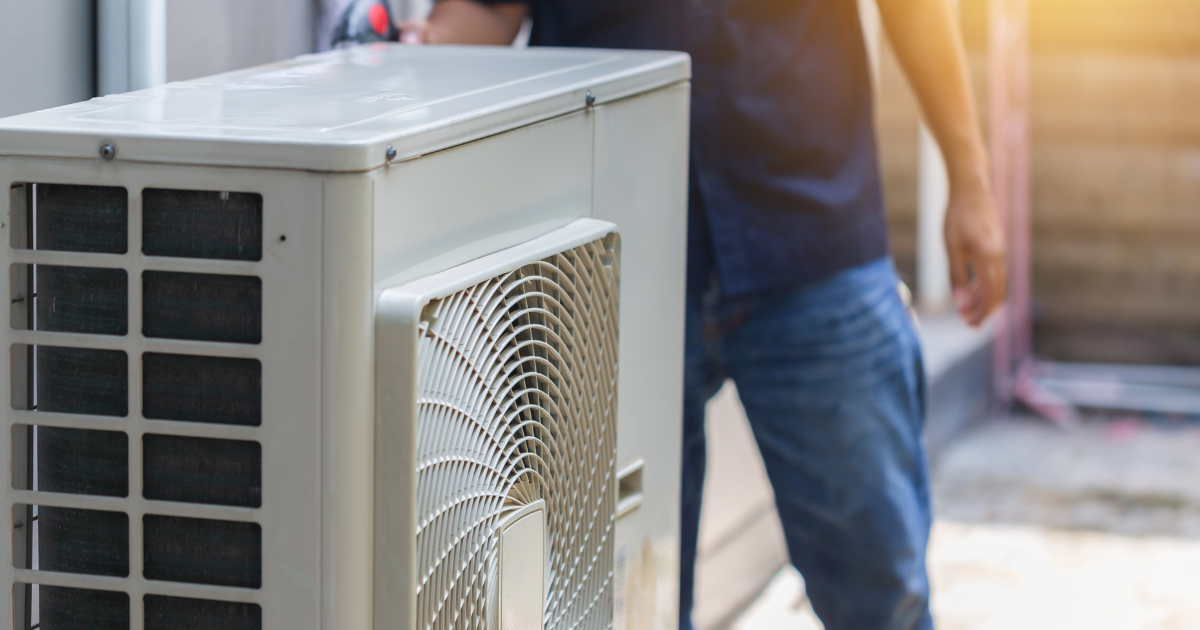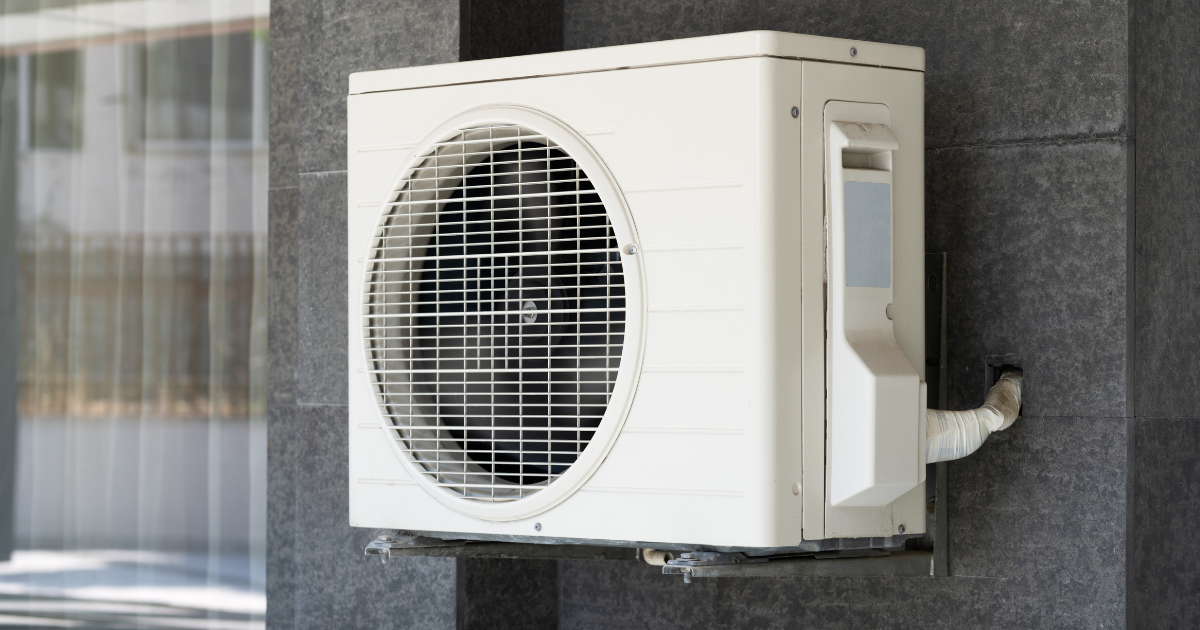How an Air Conditioning Compressor Works
Quicklinks to other sections in this series:
What is an Air Conditioning Compressor?
The air conditioning compressor is at the core of how an air conditioning system functions. It’s basically a large electric motor that turns a compressing mechanism which pumps refrigerant thru the entire air conditioning system. It draws in cooler, low-pressure refrigerant gas and compresses it into a high-pressure gas. This allows the cooling cycle to move in a continuous fashion.
Where is the Air Conditioning Compressor Located?
The compressor is located in your outdoor unit. It’s in the center of the condenser and is the heaviest part of your outdoor unit. Look down thru the top of your outdoor condenser and you will see it sitting at the bottom.
How Does a Compressor Work?
Since most air conditioning compressors today are scroll compressors, we’ll explain how they work. When you turn down the temperature on your thermostat it allows electricity to run to the compressor. The motor inside the compressor requires a lot of power to start up. Because of this, a capacitor which stores electricity helps kickstart the motor. A scroll compressor has the ability to start up “unloaded”, then gradually begins to fully compress the refrigerant. To illustrate; If you try and push your car without power you would strain yourself. But if a few people helped you push until you got up momentum then you could easily do it.
The motor shaft turns a scroll within another scroll to compress the gas at several points along the way. Once the gas is compressed it is discharged thru the top of the compressor as a very hot gas. It now travels thru the outdoor coil to continue the next step of the process.
What makes the Compressor Important?
Without a properly functioning compressor, you won’t have a cool home. Like a pumping heart, a compressor moves refrigerant thru copper lines to complete the cycle of the air conditioning process. The only difference of an air conditioning system from your circulatory system is we are exchanging heat instead of oxygen!
Different Types of Compressors
Most newer air conditioners use scroll compressors, which use a single fixed scroll, with another scroll rotating within it. Scroll compressors have increased in popularity because they have fewer parts than conventional compressors and therefore require less maintenance. They also have many safety features built in to protect them from failure. They can handle small amounts of liquid refrigerant which would break most other compressors.
A common type of compressor used in older units is the reciprocating compressor. It uses pistons and cylinders much like the motor inside your car. These are less efficient compressors than the scroll and have more moving parts.
Rotary compressors are extremely quiet and small. They use a cylinder within a cylinder design to simultaneously push and compress refrigerant. A rotary compressor can only compress refrigerant gas at one point along the walls of the cylinders. They sometimes use external components that can vary the incoming electricity and refrigerant flow, to help them to become very efficient. A version of rotary compressors know as inverter compressors can vary their compressor speed based on the cooling needed. These are popular in small ductless mini-split systems.
Extra-large and industrial HVAC systems might use a centrifugal compressor. This type of compressor uses centrifugal force to rapidly spin refrigerant gas with an impeller. Centrifugal compressors have no valves, pistons, or cylinders, so they wear down less.
Maintenance and Repairs
You cannot directly maintain an air conditioning compressor because they are hermetically sealed. Most of the care of a compressor comes from basic system maintenance. Things like changing dirty air filters and cleaning coils debris will reduce stress on the compressor.
The most critical part of compressor care is the initial installation of the condensing unit. Air conditioner compressor parts should not come in contact with moisture; which turns into acid. Acid that enters the compressor, will result in reduced efficiency and will lead to damage of internal components. Using a vacuum pump and a micron gauge during will remove all traces of moisture before startup!
A system that loses its refrigerant charge due to a small leak will cause the compressor to overheat and shutoff. If you suspect a compressor issue, because your system won’t cool your home, call Bob Jenson’s helpful technicians immediately.

Bob Jenson
For over 45 years, Bob Jenson has been providing quality heating and air services to the San Diego community.
Request Service
Please fill out the form below to request an estimate or schedule service.
"*" indicates required fields






